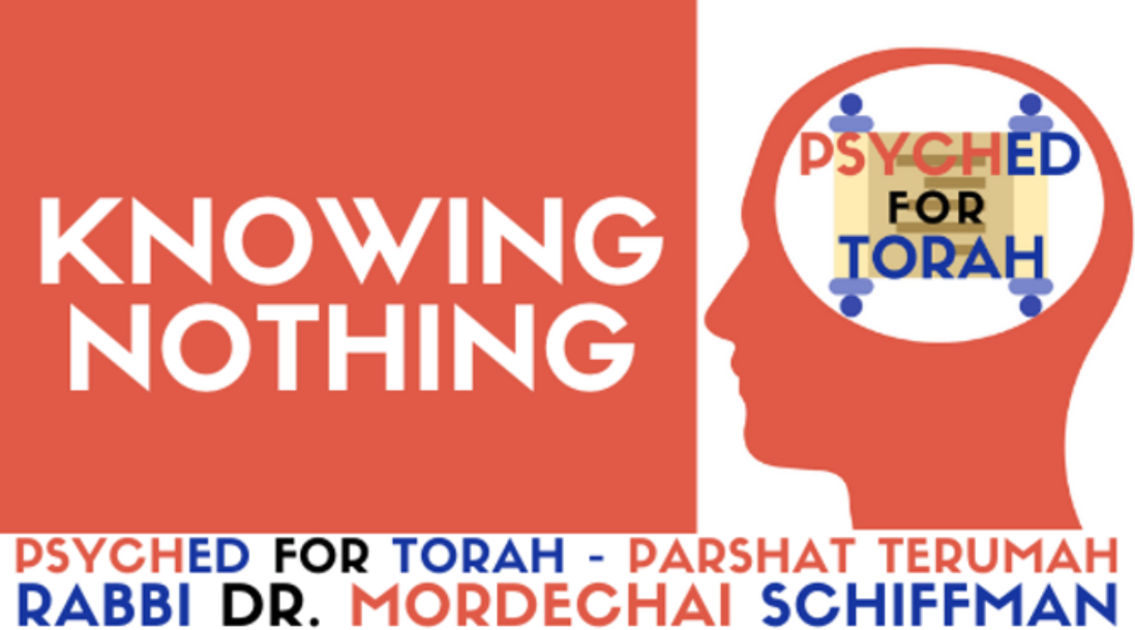
“The only thing I know, is that I know nothing.” This idea, known as the Socratic Paradox, lays the groundwork for the perspective that knowledge is not something to be attained. In the modern psychology and educational literature this is expressed in the distinction between achievement and mastery orientations. People who have an achievement orientation want to demonstrate that they have accomplished and learned, while those with a mastery orientation want to develop their abilities, irrespective of actual attainment of a goal or an understanding of a particular piece of knowledge. Those that display a mastery orientation tend to do better academically, put in more effort, persist through challenges, and tend to love learning more than those with an achievement orientation.
In a striking passage, Rabbi Simcha Zissel Ziv (Chochma U’Mussar, p. 344) quotes this idea from Socrates as a springboard to discuss the view of the Sages, which he suggests is identical to that of Socrates. Featured most prominently in his argument is the fact that the term used to describe a person engaged in Torah study is “talmid chacham.” Even the greatest sage, who has amassed encyclopedic knowledge and can plumb the depths of Talmudic analysis, is still called a student.
To bolster his idea, Rabbi Simcha Zissel Ziv quotes the Baal HaTurim (Shemot 25:18), who suggests, based on the Gemara (Sukkah 5b), that the Keruvim that sat above the ark were fashioned in the image of children. This understanding is based on the fact that the word Keruv is usually spelled kaf-reish-vov-vet, but in this instance, it is spelled without the vov (kaf-reish-vet). Rabbi Abbahu connects this to the Aramaic word ravya, which means child. The Keruv, is ke-ravya – like a child. The image of the child represents a never-ending curiosity, thirst, and quest to learn and discover.
Rabbi Shlomo Ephraim Luntschitz (Keli Yakar) finds the same idea embedded within the dimensions of the ark. He first observes that the dimensions of the Altar were five, by five, by three (5x5x3); the dimensions of the Table were two, by one, by one and a half (2x1x1.5); and the dimensions of the Ark were two and a half, by one and a half, by one and half (2.5x1.5x1.5). The Altar was comprised of whole numbers, the Table of a mixture of whole and half numbers, and the Ark of completely half numbers. While he also explains the symbolism of this pattern for the Altar and the Table, for our purposes, his explanation of the Ark’s half numbers is pertinent. The reason, he argues, is because the Ark represents Torah and half measurements represent incompleteness. Every learner should take the perspective that they are not a finished product. There is always more to learn. There is always room to grow.
This message is countercultural. We are a society obsessed with certificates, grades, accolades, and accomplishments. Our systems, institutions, and classrooms tend to foster achievement orientations. Yet, we can never become complete and whole in our learning – there is no graduation. To the extent that we can cultivate a mastery orientation for ourselves, for our children and for our students, the better learners we will become. We are all students, we are all keruvim, we are all children, we are all incomplete. The only thing we really know, is that we know nothing.



 Previous
Previous

